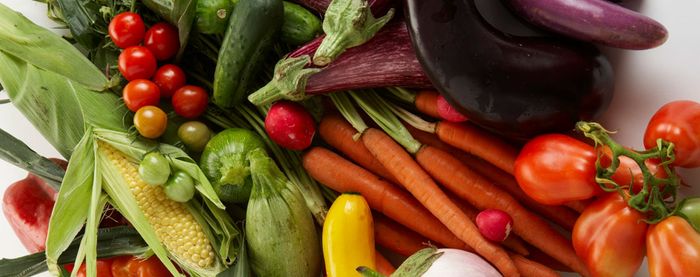How to Harvest Strawberries
The fruit should be a bright red color all over
Welcome to Homegrown/Homemade, a video series from FineGardening.com. We’ll be following a gardener (Fine Gardening executive editor Danielle Sherry) and a cook (Sarah Breckenridge) as they plant, maintain, harvest, store, and prepare garden vegetables and fruits. If you’re new to growing your own food, you’ll find these videos very helpful. In this video, the topic is strawberries.
Episode 3: How to Harvest Strawberries
Ripening strawberries need protection from birds, bunnies, squirrels, and chipmunks, so cover your beds with a netting as the fruit starts to turn red. For the most flavorful berries, the timing of the harvest is critical. Berries should be a bright red color all over. Once the red color darkens, the berries are overripe and will become mushy. Check your bed every couple of days.
To keep your strawberry bed productive, cut back the foliage in fall and remove any plants that didn’t produce. Replace them with new plants. This method renovates your bed little by little. Alternatively, you can rip up the entire bed after three or four years, and begin again with new plants.
Episode 1: How to Plant Strawberries
A multi-tiered prefab raised bed filled with topsoil and compost is perfect for raising strawberries. Strawberries love a sunny location and rich, well-drained soil. There are three types of strawberries: June-bearing (fruit only in June), day neutral (a decent crop in June, followed by small crops up until frost), and everbearing (a fair-sized June crop and a second crop later in the summer). See the list below for some commonly offered varieties.
If your plants are mail order and arrive in less than optimum condition, soak their roots in water for at least 30 minutes before planting and remove any dead leaves. Trim the roots to 5 inches. Plant with the midpoint of the crown level with the top of the soil, spread out the roots, and backfill the holes. Strawberry plants should be spaced 10 to 12 inches apart. Mulch the bed after planting to help retain moisture and keep down weeds. Water well after planting.
Common June-bearing strawberries: Earliglow, Jewel, Northeaster, Honeoye, Sparkle
Common day-neutral and everbearing varieties: Albion, Seascape, Tribute, Ozark Beauty, Tristar
Episode 2: How to Care for Strawberries
The best thing you can do for your newly planted strawberries is to remove all flowers and runners for the first six weeks. That will allow the plants to put their energy into growing strong root systems and generally establishing themselves so they can be productive for years to come. Runners, which are really baby plants in the making, can be replanted elsewhere in the bed.







Comments
I visited the strawberry garden once and the ripe red strawberries really caught my eye.
@basket random
Log in or create an account to post a comment.
Sign up Log in